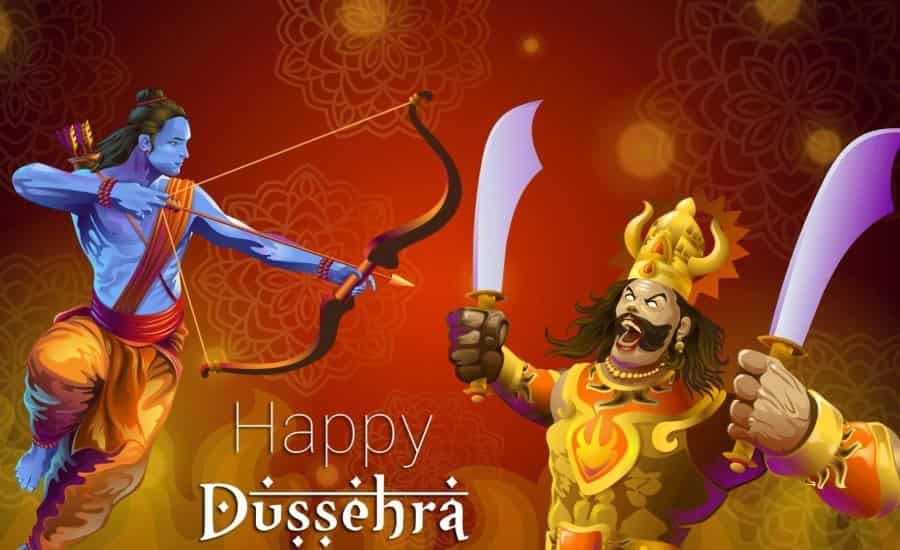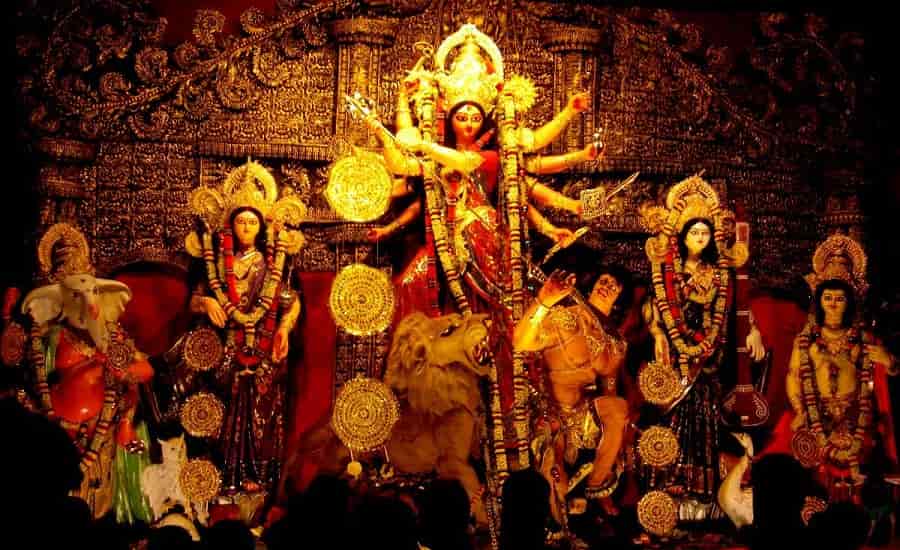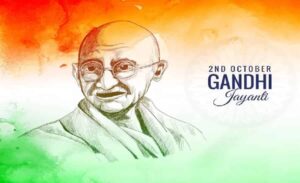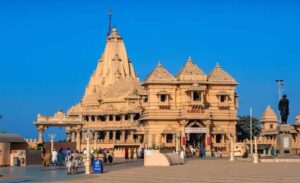Ganesh Chaturthi: History, Importance and Rituals
Ganesh Chaturthi, also known as Vinayaka Chaturthi, is one of the most popular and widely celebrated festivals in India, especially in the state of Maharashtra. This joyous occasion marks the birth of Lord Ganesha, the elephant-headed deity of wisdom, prosperity, and good fortune. Ganesh Chaturthi holds a significant place in Hindu culture and has a rich history, deep-rooted importance, and a plethora of fascinating rituals associated with it. In this comprehensive guide, we will delve into the history, importance, and intricate rituals that make Ganesh Chaturthi a cherished and vibrant festival in India.
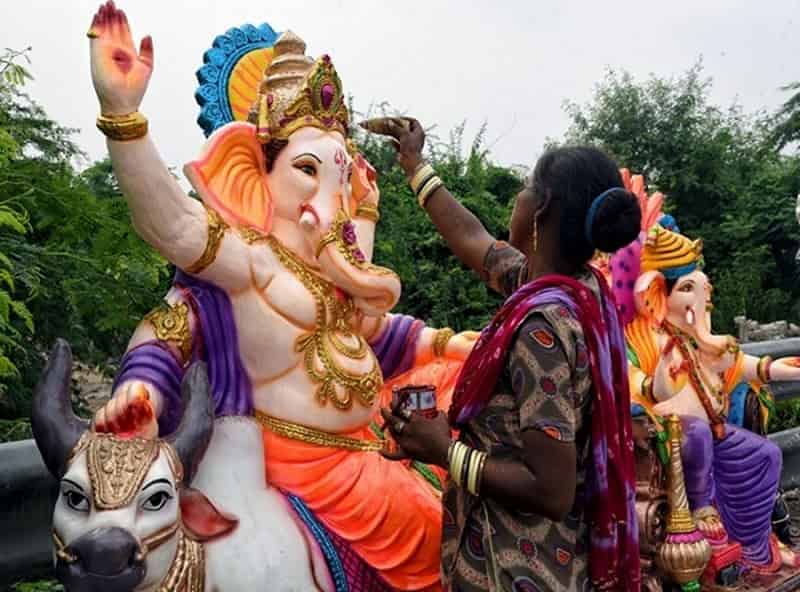
History of Ganesh Chaturthi
The history of Ganesh Chaturthi can be traced back to ancient India. The exact origins of this festival are somewhat debated, but it is believed to have its roots in the Maratha Empire, particularly during the reign of Chhatrapati Shivaji Maharaj in the 17th century. The Marathas were great patrons of Lord Ganesha, and the festival gained prominence under their rule.
However, the festival’s history is not limited to this period. Lord Ganesha has been worshipped in various forms for centuries, and references to him can be found in ancient texts like the Rigveda. In these texts, Ganesha is often associated with Vighnaharta, the remover of obstacles, and Buddhi Pradaayaka, the giver of wisdom.
The modern form of Ganesh Chaturthi, with large-scale public celebrations, can be attributed to Bal Gangadhar Tilak, a prominent freedom fighter and social reformer in the late 19th and early 20th centuries. Tilak recognized the festival’s potential to unite people and promote a sense of national pride during British rule. He encouraged the public installation of Ganesha idols and transformed the festival into a community event, fostering unity and patriotism.
Importance of Ganesh Chaturthi:
Ganesh Chaturthi holds immense significance in Hinduism and Indian culture for several reasons:
- Lord of Wisdom and Beginnings: Lord Ganesha is revered as the deity of wisdom, knowledge, and intellect. Hindus believe that invoking his blessings at the start of any endeavor ensures success and removes obstacles.
- Remover of Obstacles: Ganesha is often called Vighnaharta, the remover of obstacles. Devotees seek his blessings to overcome challenges and hindrances in their lives.
- Harbinger of Prosperity: Lord Ganesha is associated with wealth and prosperity. His blessings are invoked for financial stability and abundance.
- Symbol of Unity: Ganesh Chaturthi is celebrated with great enthusiasm and participation by people of all ages and backgrounds. It serves as a unifying force, bringing communities together in a spirit of joy and devotion.
- Cultural Heritage: The festival showcases India’s rich cultural heritage through art, music, dance, and elaborate idol-making traditions. It is a reflection of the country’s diversity and creativity.
- Environmental Awareness: In recent years, there has been a growing awareness of the environmental impact of the festival, leading to eco-friendly celebrations and a focus on preserving the environment.
Rituals of Ganesh Chaturthi
The celebration of Ganesh Chaturthi involves a series of rituals that vary from region to region but generally include the following:
- Idol Installation: The festival begins with the installation of Ganesha idols, either at homes or in public pandals (temporary shrines). The idol is placed on a platform and decorated with flowers, garlands, and ornaments.
- Prana Pratishtha: A priest performs the Prana Pratishtha, a ritual to invoke the deity’s presence into the idol. Mantras and prayers are chanted during this ceremony.
- Offerings: Devotees offer a variety of sweets, fruits, and other delicacies to Lord Ganesha as part of the naivedya (offering). Modak, a sweet dumpling, is considered Lord Ganesha’s favorite.
- Aarti: Aarti (devotional songs) is performed, accompanied by the waving of lamps or camphor flames, to honor and praise Lord Ganesha.
- Ganesh Visarjan: The culmination of the festival involves the immersion of the Ganesha idol in a water body, such as a river, lake, or sea. This is known as Ganesh Visarjan. Devotees bid farewell to the Lord with prayers and processions.
- Cultural Performances: In many regions, cultural programs, including traditional dances and music, are organized as part of the celebrations. These events showcase the local culture and talent.
- Community Participation: Ganesh Chaturthi is a community festival, and people from all walks of life participate in its preparations and celebrations. It fosters a sense of togetherness and unity.
- Eco-Friendly Initiatives: In recent years, there has been a shift towards eco-friendly celebrations. Eco-friendly idols made of clay and natural colors are encouraged to reduce environmental pollution.
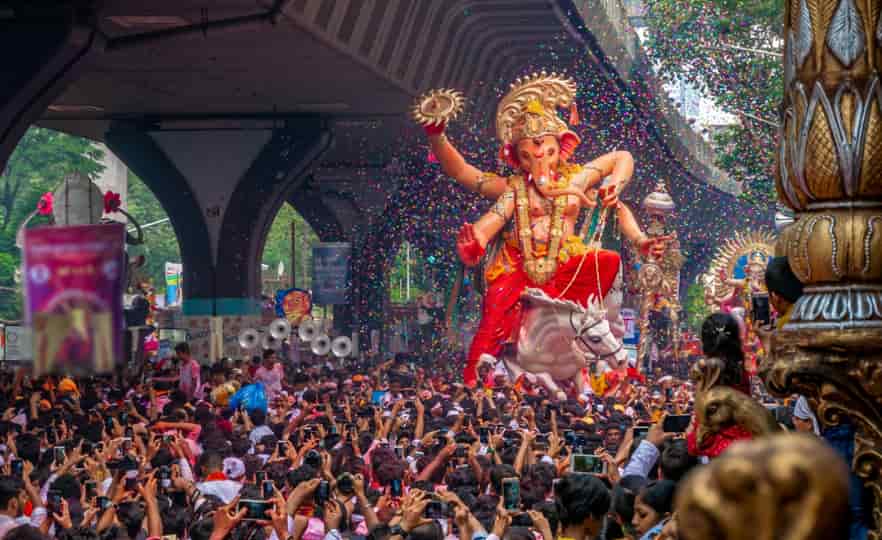
Dates of 2023
In 2023, Ganesh Chaturthi will be celebrated on Tuesday, 19th September. The festival spans for several days, but the most auspicious time for Ganesh Chaturthi Puja (worship) varies depending on the moon’s position and regional traditions.
Shubh Muhurat for Ganesh Chaturthi 2023
The most favorable time for performing Ganesh Chaturthi Puja is during the Madhyahna period, which is the afternoon. This period is believed to be when Lord Ganesha is said to have been born. The Madhyahna Ganesh Chaturthi Puja Muhurat for 2020 is as follows:
- Date: September 19, 2023 (Tuesday)
- Madhyahna Puja Time: 12:39 PM to 01:43 PM (Duration: 1 hours 4 minutes)
Devotees often choose this time to perform the Ganesha Sthapana (installation of the idol) and offer prayers, aarti, and various offerings to Lord Ganesha.
It’s important to note that the muhurat timings may vary depending on your location, so it is advisable to consult with a local priest or a reliable religious calendar to ensure you perform the rituals at the correct time. Ganesh Chaturthi is celebrated with great enthusiasm across India and by Hindu communities worldwide, and it is a time for joy, devotion, and seeking the blessings of Lord Ganesha.

